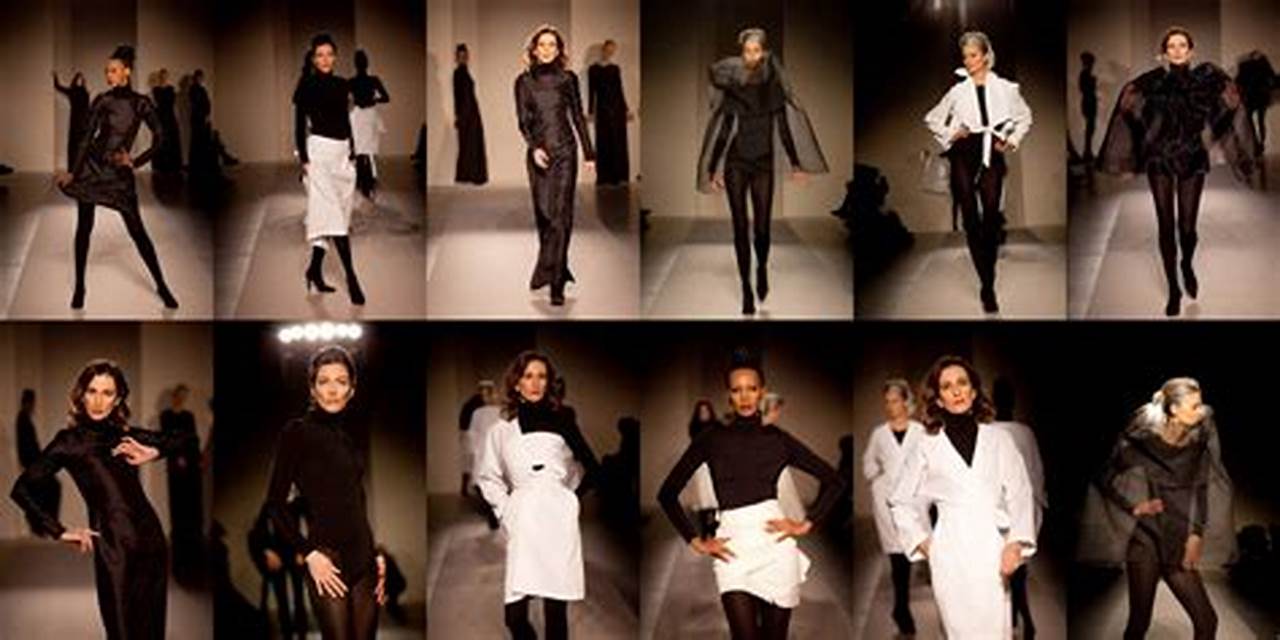The Intersection of Fashion Trends and Sewing: A Modern Approach
Fashion trends continuously shape the way people dress, influencing everything from fabric choices to stitching techniques. Sewing, as an art form, evolves alongside these trends, creating a seamless blend of creativity and craftsmanship. This article explores how modern fashion impacts sewing, providing insights for beginners and experienced tailors alike.
How Fashion Trends Influence Sewing
Fashion trends dictate colors, patterns, and fabric selections, significantly affecting sewing projects. In recent years, pastel shades, bold prints, and geometric designs have become popular, leading to unique sewing challenges and opportunities. Tailors and designers now incorporate these elements into their projects, creating stylish and functional outfits.
Understanding these trends allows sewers to make informed decisions about materials and techniques. Whether crafting casual wear or high-fashion pieces, aligning sewing projects with current fashion trends ensures relevance and appeal.
Pattern Integration in Sewing
Pattern integration has become more seamless due to modern fashion influences. Traditionally, each outfit required distinct patterns, often leading to fabric waste and complex adjustments. Today, trends like oversized silhouettes and mix-and-match prints have simplified the process, making sewing more efficient.
For example, jumpsuits, structured blazers, and flowy dresses dominate contemporary fashion. These styles require precision in cutting and stitching, emphasizing the importance of proper pattern alignment. By keeping up with these trends, sewers can create fashionable, well-fitted garments.
The Role of Fabric and Thread Count
Fabric selection and thread count play crucial roles in sewing influenced by fashion trend. Lightweight fabrics such as chiffon and linen align with summer trends, while heavier materials like wool and tweed cater to winter styles.
Thread count also impacts the quality of stitched garments. Higher thread counts provide durability and intricate detailing, essential for modern designs. As fashion continues to evolve, experimenting with different fabrics and thread counts can enhance sewing skills and final product quality.
Adapting to Changing Perceptions of Fashion
Fashion trends also shape perceptions of beauty and style, encouraging new approaches to sewing. Tailors are no longer confined to traditional methods; they now experiment with bold statements, intricate designs, and sustainable materials.
Social media platforms showcase emerging trends, inspiring sewers to innovate. By staying informed and adaptable, both beginners and professionals can enhance their craft, ensuring their creations align with contemporary aesthetics.
Conclusion
Fashion trends and sewing share a dynamic relationship, influencing each other in various ways. From pattern integration to fabric selection, understanding these connections allows sewers to create stylish and functional garments. Staying updated with fashion trends ensures continuous improvement in sewing techniques, fostering both creativity and craftsmanship.
Join us in our journey to explore the art of sewing further: Become a Member. For more inspiration, visit our social media pages: YouTube and Facebook.
Popular Hashtags
#FashionTrends #SewingArt #HandmadeFashion #SewingCommunity #DIYFashion #SewingPatterns #ModernTailoring #FabricDesign #SewingTechniques #StyleInspiration #CreativeSewing #SewingSkills #FashionDesign #Tailoring #HandcraftedStyle #Stitching #TextileArt #FashionSewing #SustainableFashion #SewingLife
SEO Elements
Slug: fashion-trends-and-sewing-modern-approach
SEO Title: How Fashion Trends Shape Sewing: A Modern Perspective
Meta Description:


